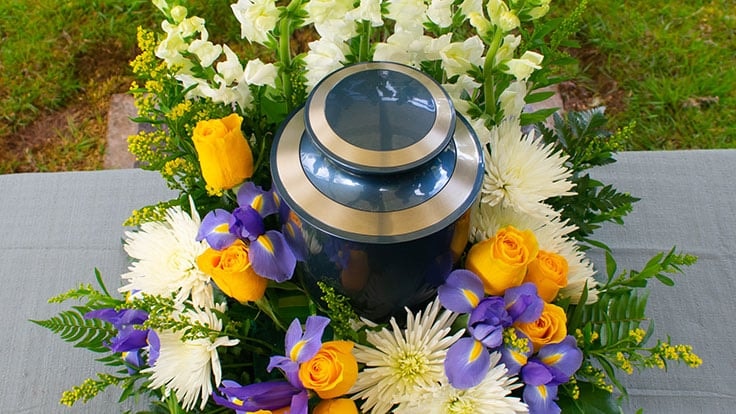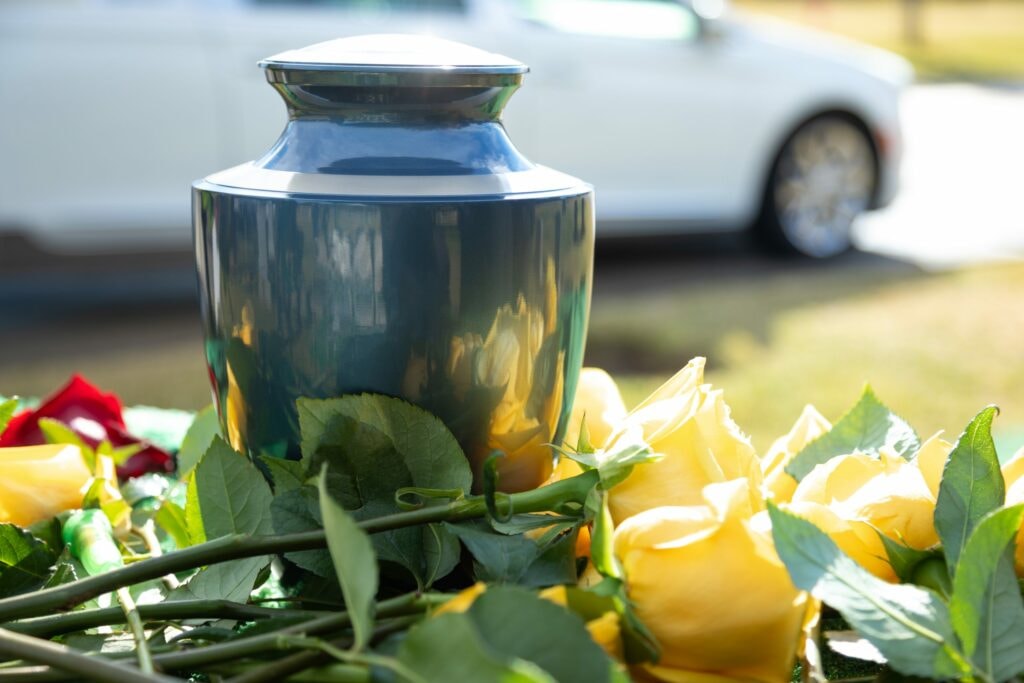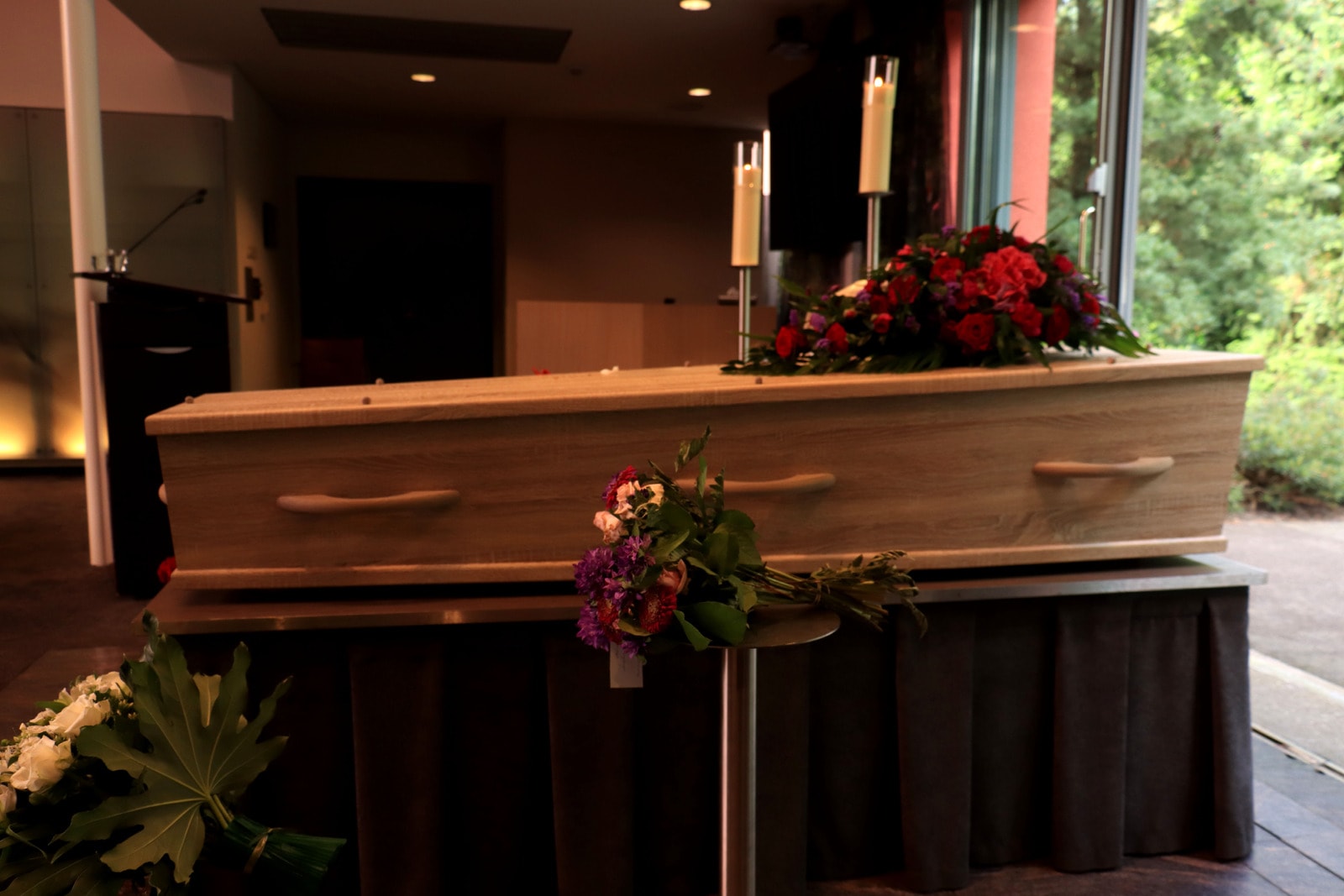In recent years, both direct cremation and direct burial have gained popularity in the funeral industry, as more families seek affordable and straightforward alternatives to traditional funeral services. Direct cremation, typically offered by a direct cremation company, involves the cremation of the deceased without a formal ceremony, while direct burial skips the usual services like viewings or embalming, leading to a quicker, simpler burial process. These options appeal to families looking for more budget-friendly solutions during difficult times.
Understanding the differences between direct cremation and direct burial is crucial for making an informed decision that aligns with your family’s needs, preferences, and financial considerations. By exploring these options, families can choose the best approach for honoring their loved ones.

At Best Funeral Homes Houston, our mission is to provide the Houston community with compassionate, affordable, and professional funeral services. Whether you prefer direct cremation or direct burial, we’re committed to guiding you through every step with care and understanding.
What is Direct Cremation?
Direct cremation is a straightforward, cost-effective option that involves the cremation of the deceased without any formal services such as a viewing, visitation, or funeral ceremony. This option eliminates the need for embalming or other preparation of the body, making the process more streamlined. Instead of a traditional funeral service, the body is taken directly to a crematory, where cremation occurs soon after death.
Many families opt for direct cremation because it offers greater flexibility and significantly lower costs compared to traditional cremation or burial options. Direct cremation services typically include transporting the body, completing the necessary legal documentation, and conducting the cremation itself. Once the process is complete, the cremated remains, commonly referred to as “ashes,” are returned to the family, allowing them to hold a memorial service or celebration of life at a later date if they choose.

By skipping the traditional aspects of a funeral, direct cremation gives families the freedom to personalize how and when they honor their loved ones, often choosing to hold a private or informal ceremony in a location that holds special meaning.
Key Benefits of Direct Cremation
One of the primary benefits of direct cremation is its lower cost. Since there are no additional expenses for embalming, viewing, or a funeral ceremony, families can save significantly on funeral services. The typical cost of direct cremation ranges between $695 and $995, making it one of the most affordable options available.
Another advantage is the flexibility it offers. Since there is no need to rush into planning a funeral service, families can arrange a memorial service or gathering at a later date. This allows for a more thoughtful and personalized approach to commemorating the life of the deceased.
Additionally, direct cremation is considered an eco-friendly choice. It requires less space than a burial, and fewer resources like embalming chemicals or burial plots are needed. Many families choose direct cremation for its simplicity and lower environmental impact.
Comparing Direct Cremation and Direct Burial: Key Differences
When deciding between direct cremation and direct burial, several important factors come into play, including costs, service involvement, timing, and environmental impact. Here’s a closer look at these key differences:

Cost Comparison
One of the most significant differences between direct cremation and direct burial is the cost. Direct cremation is generally the more affordable option, with prices typically ranging from $695 to $995. This cost includes transportation of the deceased, obtaining necessary permits, and the cremation process itself.
On the other hand, direct burial can be more expensive, with costs ranging from $1,000 to $3,000, depending on the cemetery and burial plot fees. While direct burial skips services like embalming and viewings, expenses associated with the burial plot and interment can increase the total cost.
Service Involvement
Direct cremation is a more straightforward process, as it eliminates traditional services such as embalming, a viewing, or a formal funeral ceremony. The body is cremated soon after death, and the cremated remains are returned to the family, who can then decide if they want to hold a memorial service at a later date.
In contrast, direct burial involves a more immediate interment, with the body placed into a burial plot without embalming or a formal service. However, like direct cremation, there is typically no visitation or public ceremony involved.
Time Frame
With direct cremation, families have the flexibility to plan a memorial service at a later date, which allows for more time to make arrangements. This is beneficial for those who prefer to gather friends and family at a more convenient time. Conversely, direct burial usually takes place shortly after death, often within a day or two, following local health regulations for interment without embalming.
Environmental Impact
Direct cremation is often considered more environmentally friendly since it requires less space and fewer resources, such as land for a burial plot or embalming chemicals. Direct burial, while more traditional, can also be eco-friendly if families choose a natural burial plot without the use of embalming chemicals or a non-biodegradable casket.
Choosing Between Direct Cremation and Direct Burial
When deciding between direct cremation and direct burial, there are several factors to take into account.

Personal Preferences
Some families opt for direct cremation because it tends to be more affordable and flexible, offering the opportunity to hold a memorial service at any point after the cremation. Other families may prefer direct burial due to its more traditional approach, especially if a physical gravesite for visits and reflection is desired.
Cultural or Religious Considerations
In many cases, cultural or religious traditions play a significant role in this decision. Certain religions favor burial over cremation, while others may accept both practices. For example, many Christian and Jewish traditions lean toward burial, while some modern practices and other religions may encourage cremation. It’s important to consider how your religious or cultural background aligns with your decision.
Consulting with a Funeral Director
To ensure you make an informed decision, it is crucial to speak with a funeral director who can help you understand the details of each option. Funeral directors can guide you through the costs, timelines, and legal requirements, as well as offer recommendations based on your family’s preferences, traditions, and budget.
Traditional Funeral Services vs. Direct Options
Traditional funeral services differ significantly from direct options like direct cremation and direct burial, primarily in the level of service and ceremonial aspects involved.
Traditional funerals typically include embalming to preserve the body for public viewing, the selection of a casket, and a formal viewing or visitation period, followed by a funeral ceremony. These services often take place at a funeral home, church, or other venue, and involve a procession to the cemetery for burial or cremation.

The added processes of embalming, holding a viewing, and a formal ceremony make traditional services more expensive. According to the National Funeral Directors Association (NFDA), the median cost of a traditional funeral with viewing and burial is around $7,848, while a traditional funeral with cremation is slightly less, averaging around $6,970.
In contrast, direct cremation and direct burial are more streamlined and lack the ceremonial elements, which significantly lowers costs. These options can range from $695 to $3,000, depending on the services and burial or cremation provider.
While traditional services offer more formal and structured ways to honor a loved one, the higher costs reflect the additional preparation and ceremonial aspects involved.
When to Consider Traditional Funeral or Cremation Services
There are several situations where traditional funeral or cremation services may be more appropriate. If you or your family desire a formal ceremony that brings together a larger group of mourners to pay their respects, a traditional service provides the structure for such an event. It can include religious rites, cultural rituals, or personalized tributes in a more formal setting.
Traditional services are also a good fit for families who wish to have a viewing period, allowing loved ones the opportunity to see the deceased before burial or cremation. This is often important in religious or cultural practices where the presence of the body is a key part of the mourning process.
Before making a decision, it’s important to consult with a funeral director to fully understand the range of services provided by a traditional funeral home. They can help clarify the options and tailor the service to meet your family’s needs and preferences.
Costs and Affordability: Making the Right Financial Choice
When comparing funeral options, direct cremation is typically the most affordable, with prices ranging from $695 to $995. Direct burial comes next, with costs between $1,000 and $3,000, mainly depending on the burial plot and cemetery fees. In contrast, traditional funeral services are more expensive, often costing upwards of $7,848 for a typical burial with a ceremony, according to the median cost reported by the National Funeral Directors Association.
It’s essential to note that cremation and burial costs vary depending on factors like location, the chosen funeral home, and specific services included. Families should take the time to compare basic services and pricing before making a decision, ensuring they select an option that fits both their preferences and financial situation.
Finding Affordable Cremation or Burial Services in Houston
At Best Funeral Homes Houston, we are dedicated to providing affordable and compassionate cremation and burial services to meet the needs of every family. We offer competitive prices on funeral services, ensuring that each family can access the appropriate care and support during a difficult time.
Transparency is key when choosing a funeral home, and we ensure that our clients have a clear understanding of the costs and services involved. Whether you are seeking a cremation service or a direct burial, our team in Houston is here to help you make the best decision for your family.
Making an Informed Decision for Funeral Services
Direct cremation offers the most affordable and flexible option, while direct burial provides a more traditional approach without the additional costs of embalming and ceremony. Both are excellent alternatives to traditional funeral services, which tend to be more expensive due to added processes and ceremonial elements.
When choosing between these options, families should consider their preferences, religious or cultural traditions, and financial constraints. At Best Funeral Homes Houston, we are committed to offering compassionate guidance, helping you make an informed decision that aligns with your needs and budget.

